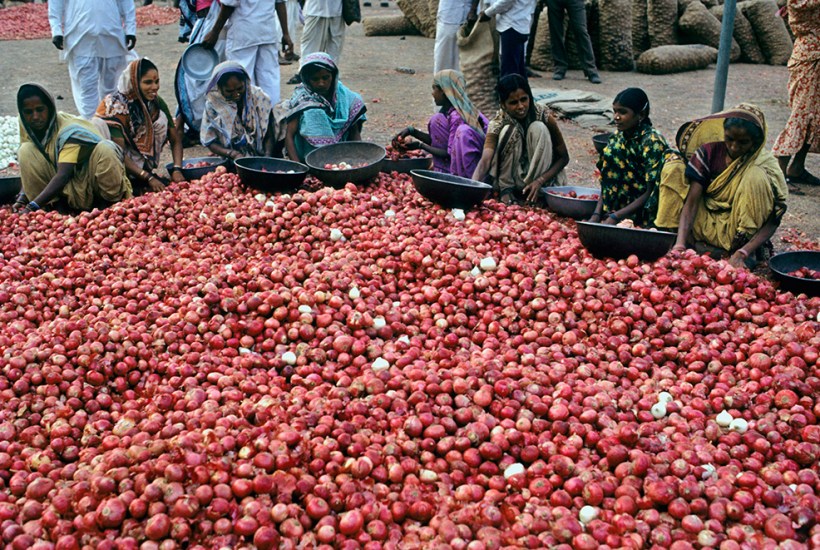I am a big fan of Mark Kurlansky. His Cod is one of a handful of books I recommend to people keen to learn about the way in which certain foods have helped shape the world we live in. But while The Core of the Onion has its moments and is an enjoyable read, it’s a mark of how high Kurlansky has set the bar that it doesn’t quite hit the mark for me.
Already a subscriber? Log in
Subscribe for just $2 a week
Try a month of The Spectator Australia absolutely free and without commitment. Not only that but – if you choose to continue – you’ll pay just $2 a week for your first year.
- Unlimited access to spectator.com.au and app
- The weekly edition on the Spectator Australia app
- Spectator podcasts and newsletters
- Full access to spectator.co.uk
Or
Unlock this article
You might disagree with half of it, but you’ll enjoy reading all of it. Try your first month for free, then just $2 a week for the remainder of your first year.








Comments
Don't miss out
Join the conversation with other Spectator Australia readers. Subscribe to leave a comment.
SUBSCRIBEAlready a subscriber? Log in